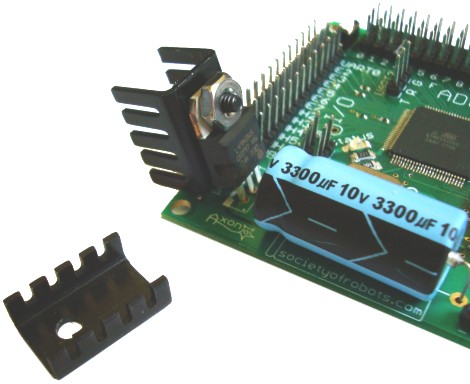The meter is a device I would NOT run off a series resistor, though it might work it might also not work well.
A suitable 5v regulator would be a three terminal chip possibly a 7805 or a 7905 and which one depends on whether you need a common positive or a common negative supply.
Ok, so I didn't make it in time for NYE
Though I had a good (hand lit) display
Now I am working on the firing system again (without a deadline now
There is one more thing I'd like to change about my system and that is getting the voltage meter to work off my 12V battery.
Since I will be mounting the panel (it's not meant to be opened unless a battery would die) I don't want the 4x AA battery holder in my system and therfor I'd like your help on that 5V regulator.
That 7805 / 7905 you mentioned, how would I have to connect this? I am using common negative.
I would really appreciate if you (or someone else) could explain me or draw a little schematic how to connect it to my voltage meter.
Once I know this, I can finish my system.
Thanks in advance!
EDIT: Just looked at the datasheet CNH provided (link) and if I understand correctly I just have to get the right regulator with 5V output.
To connect: +12V to pin 1 (input), -12V to pin 2 (gnd) and then from pin 3 (output) to +5V from voltage meter, from pin 2 (gnd) to gnd from the voltage meter.
Is that correct?
Also, those regulator types/numbers (7805 / 7905), are those the same in every country or brand?
Being a foreigner I can go to the electronics store and ask for a voltage regulator with that number, right?
Edited by PyroCreationZ, 27 January 2010 - 10:21 PM.
















